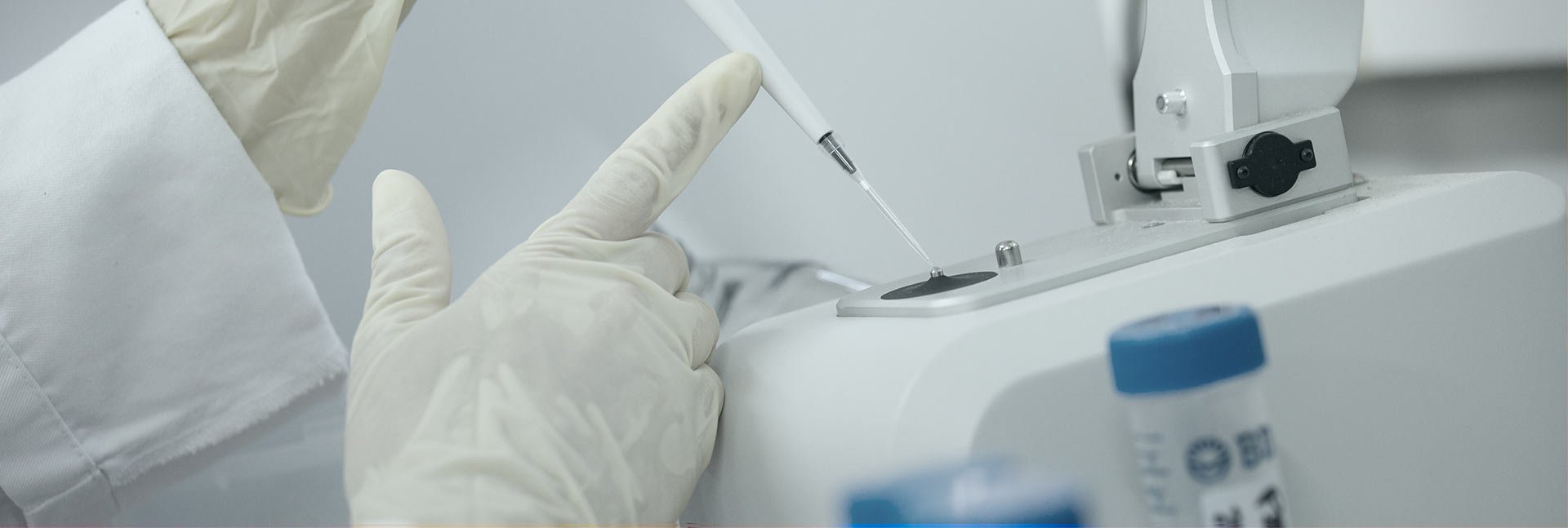Chemical or enzymatic site-specific conjugation
Antibody-drug conjugates (ADC's) are emerging as a new approach in the treatment of cancers. An ADC comprises three critical components: the antibody itself, the cytotoxic payload, and between them, a linker that plays an important role for toxin release. A spacer is often introduced in the process of making the ADC and functionally facilitates toxin release.
Architecture of an ADC
ADC's can be produced either by chemical or enzymatic conjugation, both of which are available at MImAbs.
Site-specific conjugation is preferentially performed at MImAbs by one of two methods:
- Bacterial transglutamination. This chemo-enzymatic coupling method uses a microbial transglutaminase to create a stable bond between the heavy chain of an aglycosylated antibody and a substrate, to yield a precise drug/antibody ratio of either 2:1 or 4:1.
A detailed description of the technology developed in collaboration with Innate Pharma is available here.
- Site-specific conjugation at cysteine residues. Conjugation is performed by a maleimide-thiol reaction which creates a stable thioester linkage between a sulfhydryl group on an available cysteine and the reagent to couple. Ab backbones do not contain available and exposed cysteines, which is why a cysteine is normally introduced by mutagenesis at a known site that is exposed superficially for the reaction, resulting in a site-specificity for the conjugation process and a drug/antibody ratio of 2:1.
The cytotoxic payload, but also the linker, are critical in the design of an ADC. MImAbs has a growing collection of available toxins and linkers that can be adapted to the needs of a given project.
Toxins
Because only 2-3% of an injected ADC reaches its target, payloads need to have a strong cytotoxic effect at the nano- to picomolar range. There are three major families of cytotoxic payloads: microtubule-disrupting, DNA-modifying and RNA-modifying drugs.
Linkers
They are crucial to drive toxin release at the right time and place during treatment. One of two classes of linkers can be used:
- Non-cleavable linkers – toxin release requires complete degradation of the antibody. Advantages of these linkers include increased plasma stability and reduced expected off-target toxicity.
- Cleavable linkers – toxin release is induced by the environment. They can be either chemically labile or enzymatically cleavable. Advantages of these linkers include faster drug release and increased bystander effect.
Toxin-linker couples available at MI-mAbs - for research purposes only
| Toxin | Linker |
MMAF
| Monomethyl auristatin F Microtubule-disrupting toxin | Non-cleavable |
Ahx-DM1 | Maytansinoid Microtubule-disrupting toxin | Non-cleavable |
vc-PAB-MMAE | Monomethyl auristatin E Microtubule-disrupting toxin | Cleavable Cathepsin-mediated cleavage in lysosomes |
va-PAB-PBD | Pyrrolobenzodiazepines DNA-modifying drug | Cleavable Cathepsin-mediated cleavage in lysosomes |
These ADC formats are produced at up to a 100mg-scale.
Note : Other toxins, chemical moieties and linkers can also be considered if required. The conjugation methods available at MImAbs require either maleimide handle, or click chemistry handle (Azido, cyclo-octine or TCO) on the toxin or chemical moiety.
Two sequential steps are performed and require a few mgs of conjugates:
1. Development and validation of appropriate cell lines
Model cell lines are produced by transfecting appropriate cells to express the target protein. If available, cancer cells that naturally express the target are also used. In both cases, target expression is assessed by flow cytometry.
2. Cytotoxicity assays
CellTiter Glo® Luminescent Cell Viability assay.
In this example, the assay uses an antibody coupled to two different toxins (left and middle) and an isotype control (right).
Real-time cell proliferation using the IncuCyte® ZOOM live-cell analysis system.
In this example, the assay is performed using an ADC and an isotype control.
Cancer cells of human origin are grafted into immunodeficient mice (xenograft models), followed by standard bioanalysis of the ADC (MTD, PK, PD), and assessment of tumour size variations and mouse survival. Twenty to 100 mg of an ADC are required at this step.
Tumor size:
Mice were treated with vehicle, isotype control (IC) or the ADC of interest at two different doses. The treatment led to reduction in tumour growth (dose 1) or regression (dose 2) compared to IC and vehicle.
Survival:
The animals were treated as described above. Mouse survival was significantly better with the ADC treatment at both doses than with the IC and vehicle treatments (statistics: Mantel-Cox test).
